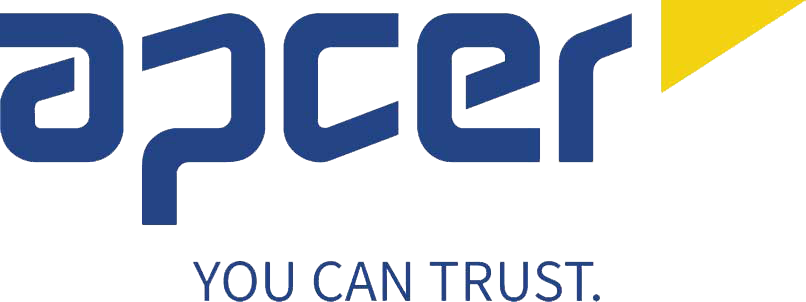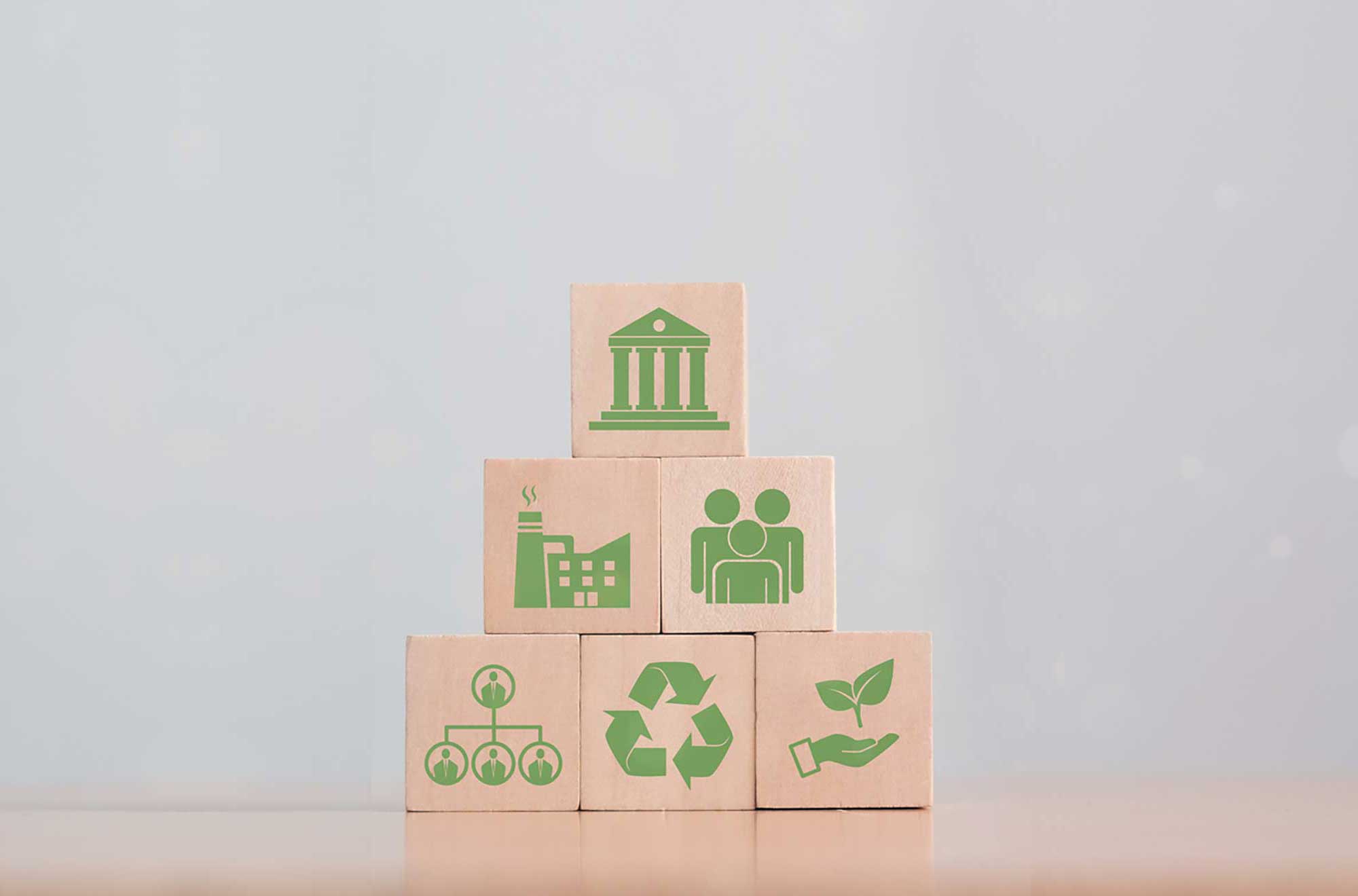INTRODUCTION
ISO 9001 (Quality Management Systems - Requirements) and ISO 14001 (Environmental Management Systems – Requirements with Guidance for Use) are two of ISO’s most popular standards. The current versions were both published in 2015 and, in general, have stood the test of time. That is primarily because both standards define WHAT organizations are required to do in order to provide confidence (to customers and other interested parties) that they can consistently meet the objectives of their management system. For ISO 9001, this essentially means “meeting the requirements of customer and statutory / regulatory requirements for the products and services provided”, and for ISO 14001, taking actions to prevent pollution, meet legal obligations and seek continual improvement of environmental performance. In spite of the many technical advances in recent years, there is no intention in either standard to prescribe HOW to meet its requirements. Some companies might find it useful to use the latest (digital) technologies do so, whilst others continue to use traditional (analogue) approaches - often based on a cost/benefit analysis – that are still effective for their specific context.
THE REVISION PROCESS
The usual sequence for developing a new revision to an ISO standard involves an agreement to initiate the work (based on recommendations from the periodic “systematic review” of the standard), followed by the formation of a dedicated Working Group (WG) that prepares and circulates a “Working Draft” (WD) for internal discussion. Once a reasonable level of consensus has been reached, the draft is then circulated as a “Committee Draft” (CD) to all ISO Member Bodies and Liaison organizations that are active in the responsible committees. After reviewing and addressing the comments received, this is then followed by the “Draft International Standard” (DIS) for wider (public) comment, after which some small changes (based on justified comments) are still possible, and finally by the “Final Draft International Standard” (FDIS) which is the definitive version, with only minor editorial or formatting changes being permitted prior to publication.
However, this “usual” procedure was not strictly followed for the revisions to ISO 9001:2015 and ISO 14001:2015, for a number of reasons that will be explained below.
ISO 9001 REVISION
After significant discussion related to the Systematic Review of ISO 9001:2015 (in 2020, during the COVID pandemic) and its recommendation NOT to initiate a revision, the ISO Technical Subcommittee TC176/SC2 began initial exploratory work (in 2022) about “how a future revision might look”, with a view to expediting such a revision at the appropriate time. A decision was eventually made to begin work on the revision in 2023 based on a ballot of SC2’s member bodies. With only minor changes being forecast, a “fast-track” (2-year) revision process was foreseen, with the new standard to be published in 2025. After an unusually high number of comments and criticisms received at the CD stage, however, a SECOND committee draft was developed (“CD2”), and forecast publication was delayed until mid-2026. The current status of the revision is that all (6000+) comments on the CD2 have now been addressed, and the process is moving on to the DIS stage, for public comment and ISO Member Body approval.
Overview of the forecast changes to ISO 9001:
The changes to the ISO 9001 requirements are relatively few, and in general are quite small. More extensive changes have been made to the explanatory notes and to the Guidance provided in Annex A, to provide greater clarity about the intent of existing requirements.
The following is a summary of some of the key changes, based on the DIS. (Note that changes in sequencing, minor editorial improvements or improved alignment with the latest version of the Harmonized Structure for Management System Standards (“Annex SL”)) are not included here):
- The introductory clauses to the standard remain essentially unchanged; text on “risk-based thinking” has now been moved to Annex A, together with an explanation of the new concept of “opportunity-based thinking”.
- Clause 3 now includes all terms that are defined in the Harmonized Structure and are common to all management system standards. Note that ISO 9000:2025 (Fundamentals and Vocabulary) is also being updated in parallel with the revision to ISO 9001.
- Clause 4.1 incorporates the Amendment to ISO 9001:2015 that was made in 2024, requiring organizations to determine whether climate change is a relevant issue for the organization’s context.
- Clause 4.2 also incorporates the new Note that was included in the 2024 Amendment to emphasize that Interested Parties can have requirements related to Climate Action.
- Clause 5.1.1 now requires top management to “promote a quality culture and ethical behaviour”, and this is also addressed in Clause 7.3 (Awareness).
- The most important (and very welcome!) change has been to separate out the ways in which risks and opportunities are dealt with in Clause 6. This now make it clear that actions need to be taken to address “risks that can have an undesirable effect” and “opportunities that can have a desirable effect”.
- A new Note to Clause 7.1.3 emphasizes that Infrastructure requirements apply to onsite, remote and hybrid work.
The changes introduced in Annex A are extensive, but are primarily to explain the requirements in the body of the standard. They do not add to or subtract from any of these requirements.
ISO 14001 REVISION
The original plan of the ISO Technical Subcommittee ISO/TC207/SC1 was only to AMEND ISO 14001, and by doing so, to avoid the need to align with the latest version of “Annex SL” and to have a full 3-year transition for accredited certificates.
Initial work therefore considered only very minor editorial changes, but over the course of the project, improvements were suggested that meant the process had to be modified and a new REVISION of ISO 14001 is currently scheduled for publication in early 2026.
In February 2025, a “consolidated draft amendment” was issued for comment and ballot by TC207 Member Bodies that, after considering and addressing comments, will be transformed into an FDIS prior to publication as ISO 14001:2026.
Overview of the forecast changes to ISO 14001:
As with ISO 9001, there are no major changes planned.
The main changes (based on the Draft Amendment; still subject to further change) include:
- Adaptation to incorporate the latest version of “Annex SL”
- Amended text to provide for better understanding of existing requirements by rephrasing or the inclusion of notes (e.g. in Clause 6.1.2 to emphasize the need for a lifecycle approach to Environmental Aspects).
- New requirement in Clause 4.1 to clarify that examples of environmental conditions that can affect or be affected by the organization include pollution levels, availability of natural resources, climate change, biological diversity or ecosystem health. These go beyond the Amendment made in 2024 to all ISO Management System Standards, and that only addressed Climate Change.
- New Clause 6.3 on “Planning and Managing Change”.
- Simplification of treatment of “Risks and Opportunities”.
- Clarifications of requirements by significant enhancements to Annex A Guidance.
CONCLUSIONS
The new revisions to ISO 9001 and 14001 are well underway, and forecast to published in 2026. There will be no major changes to either standard that are likely to cause concern for existing users.
Dr Nigel H Croft














